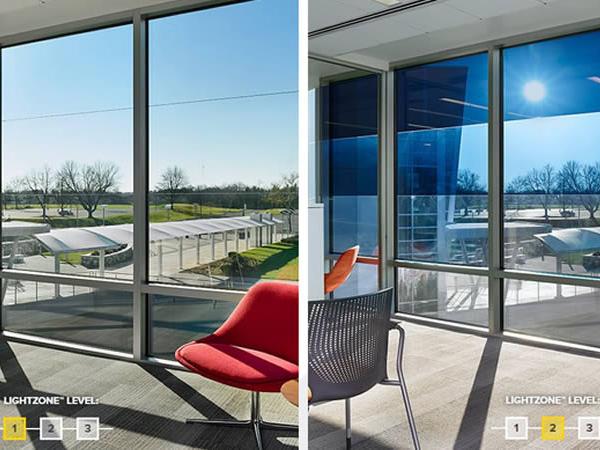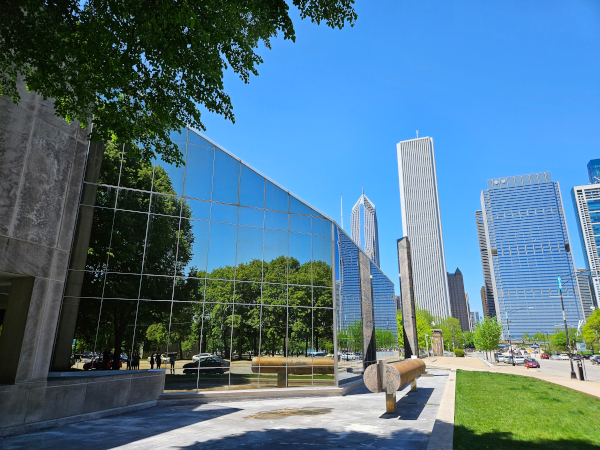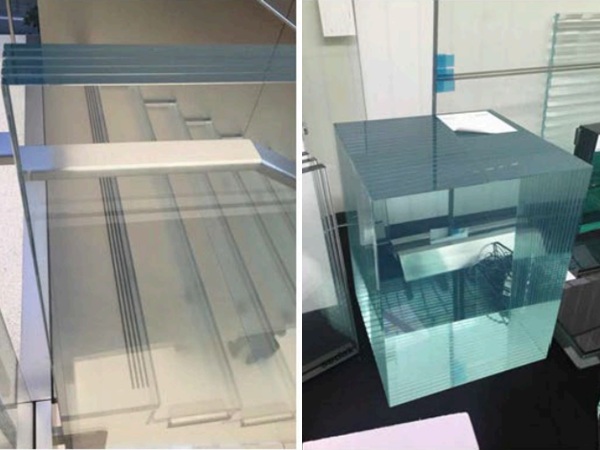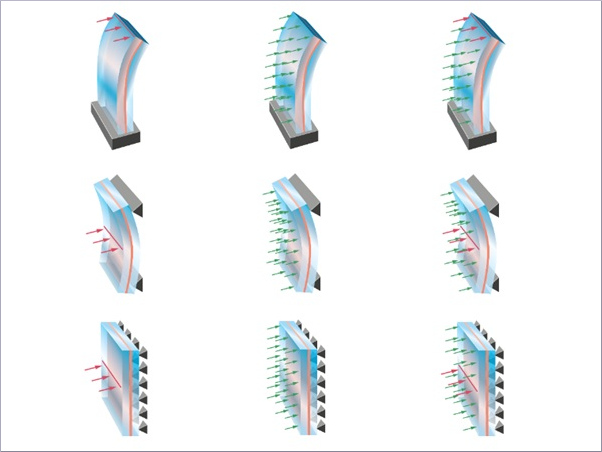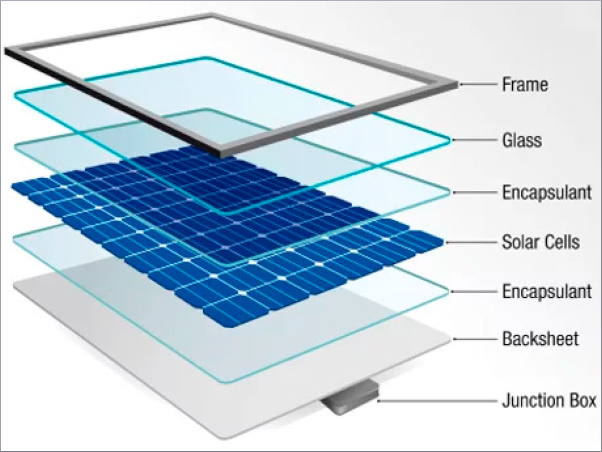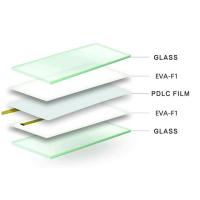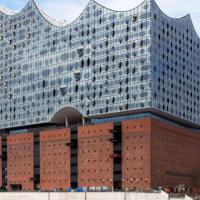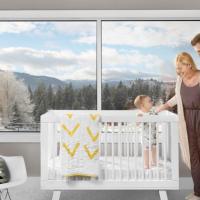Now, the question moving forward is, “How can we continue to make and improve upon an adaptive façade, especially when such types include adaptive frames and glass that is both active and passive?”
I had the opportunity to grapple with this and other concepts with peers at the GlassCon Global conference in Boston, MA. There, industry representatives took a deep dive into discussion on how to further the development of the glass and glazing industry, especially through global innovations in glass technology.
Innovations and improvements usually come about because of present challenges or inefficiencies that we foresee or of which we become aware. In this case, energy and glass challenges that are a reality in our industry include concepts of:
Light versus energy
Solar heat gain is the adversary. How do we increase natural light without simulataneously increasing solar heat gain?
In simple terms, solar heat gain (SHG) is the heat buildup from the sun’s radiation as transmitted into and absorbed by the glass, and then passed through into an environment. The constant struggle of glazing applications is to reduce SHG or to keep the SHGC low, while allowing as much visible light transmittance (VLT) as possible—the percentage of visible light that passes through a window.
Reverse innovation in glass
How can we further evolve glass technology to increase the amount of VLT, so that people inside a building can still be one with the outside -- yet still reduce SHG?
There are great solutions out there to tackle such challenges (referenced below); each has its pros and cons, depending on various scenarios to consider, such as the VLT versus building energy efficiency. They can all make a building more efficient in maintaining a desired comfort level, but how much visibility you have to accomplish that, is one of the differentiating factors for each option.
Because currently we have to change the state of the glass, to darken or tint to accomplish lower SHG, we’re thus reducing the VLT or the clear view of outside. Can we keep the glass clear and meet green, energy efficient criteria? (The answer is, yes.)
Smart Glass: Passive and Active adaptive glass technologies
These are, for example, electrochromic, thermochromic, and photochromic glass.
Glass adaptiveness involves glass reacting to external variables with an environmental purpose in mind.
For instance, electrochromic is an active glass technology that utilizes a low voltage wire solution with integrated sensors to detect the trajectory of the sun in conjunction with software and hardware programming to change the state of the glass, or glass zones, to maintain an environmentally friendly (cool) climate within a building. It still allows the necessary VLT of the building to ensure energy efficiency as well, so natural daylight can reduce electricity reliant sources.
Traditional methods of lowering SHG have been accomplished by introducing blinds or shades, with further evolution toward more commonly-used applications, such as static methods like double-, triple-, or quadruple-glazed systems, with efficient glass coatings to reduce SHG, radiation, reflection, and glare.
Further evolving glass technologies have introduced more advanced methods via passive glass technologies, that don’t require electrical intervention. These are thermochromics and photochromics, which use the sun to automatically change the tinted state of the integrated materials.
Similarly, the purpose of both active and passive adaptive glass is to maintain a cool interior climate during summer, while retaining heat during winter.
In summation, glass technologies of today can indeed help prevent heat loss. Both in the past and currently, we are seeing this accomplished through coatings, motorized panels, and moveable frames. There still remains, however, the challenge of lowering solar heat gain while still achieving an optimal outside view.
The development of new materials and technology is helping to identify solutions. With this in mind, another important question to tackle is, “How do we, as an industry, move forward by investing in the right areas?”

